Joints Week - Making a Table -Traditional and Modern Methods for Cutting Joints
About the course
Time to make your first piece of furniture! Or, perhaps, time to make your first accurate, crisp, precisely-made, piece of furniture. This is a great follow-on course from ‘Skills Week’ but will also happily stand alone if you have at least a little woodworking experience.
Successful furniture making is based on good design, well thought out construction, and accurate execution of all the many components and joints that will be brought together to create, not just an elegant piece of furniture, but an elegant piece of furniture that doesn’t fall apart or try to self-destruct. We often talk about a ‘Zen-like mind-set’ that’s required to saw perfect dovetails, but we also need to acquire a constant ‘Cabinet-Maker’s mind-set’, which is all about control, and using well thought out sequencing. A precise process requires a meticulous mind-set. ‘Making it up as you go along’ is not impossible when making furniture – a new design usually needs to be tweaked or re-thought here and there, but in general, ‘If you fail to plan,……………!’
So, with all this in mind, we’ll start by looking at the thought-process and considerations that were made during the design of this table to give it a crisp, contemporary styling and look at how, and why, the variety of modern and traditional joints were selected.
I have been known to bang-on a bit about SHARPENING, not because I have a disturbing obsession with shiny, razor-sharp pieces of metal, but because without sharp tools you might as well not bother with woodwork. So, we’ll spend a little time on a recap of the sharpening process, but don’t panic, you’ll be provided with a full set of sharp tools to get you started.
It’s vital that you keep track of which bit goes where when making even the smallest, simplest project. I embraced the ‘Triangle System’ a few years ago when I was teaching in Germany, so I’ll pass on this wonderfully simple method of keeping all of the twenty-odd table components facing in the right direction.
Your kit of components will need just a little work from you to get them crisp and square and to the finished size, but we will be focussing much more on understanding the cabinetmaking process and the accurate cutting of joints, and much less on endless, blister-inducing, hand-planing, which might just put you off the whole idea of working with wood.
This course will give you the opportunity to cut some elegant, traditional joints completely by hand but will also give you the chance to use a couple of the most-used power tools in any professional workshop, the ‘Biscuit Jointer’ and the ‘Domino’.
Mitres are notoriously tricky joints to cut accurately, but, at the same time, are an incredibly slick way of getting round corners (if you get them right!). Renowned for giving you absolutely nowhere to hide with even the slightest of mistakes, we have a cunning plan for getting the mitred lipping around the veneered table-top spot on every time.
Add to this some strategies for the stress-free gluing of all your lovingly hand-crafted components and you will have come a long way towards becoming a controlled, confident, competent cabinet-maker.
(This table making project will include drawer rails and runners and a drawer-front, but the making of the drawer itself, forms the basis of a separate Dovetailing & Drawer-making course.)
What You Will Learn
SHARPENING – a quick recap of the method we use to produce razor-sharp blades
DESIGN – The process of design including: Joint selection; Coping with wood movement and Structural stability
MARKING OUT – the annoyingly clever Continental method of keeping components under control
MODERN JOINT-CUTTING POWER TOOLS – setting up and using the BISCUIT JOINTER and DOMINO
MITRES – a fool-proof method for cutting this very challenging joint
ESSENTIAL HAND CUT JOINTS – hand cutting two elegant, timeless joints – the MORTICE & TENON and the DOVETAIL (Bare-faced stub mortice & tenon and lapped dovetail, if you want to get technical)
USING A FINESSE TOOL – A spokeshave will be used to cut some curves at the tops of the leg chamfers and on the drawer rail to facilitate future drawer opening.
GLUING – This is where there’s huge potential for getting into a horrible sticky mess and spoiling all those hours of work that have led up to this point. We will look at glue choice and some simple, reliable strategies for stress-free glue–ups.
Skill Level : Novice+
Ideally students will have taken the SKILLS WEEK or Cabinetmaking Fundamentals or have similar experience
Cost : £850
Duration : 5 Days
Other : There are no additional costs for materials
Dates:
28 July -1 August 2025
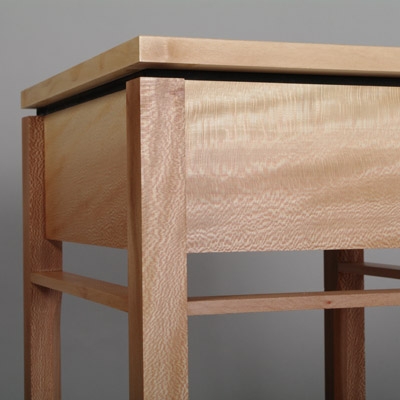

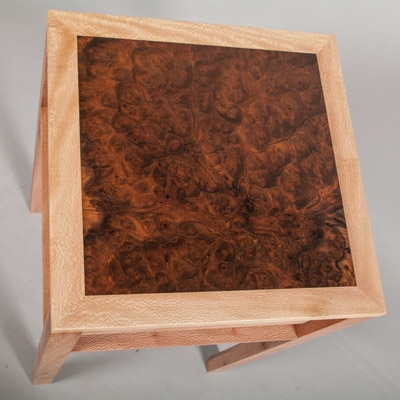

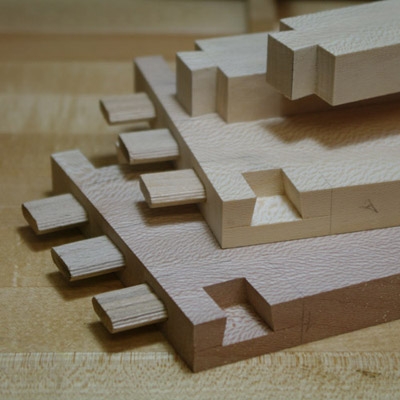
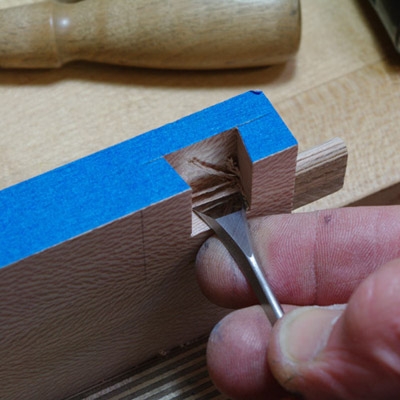
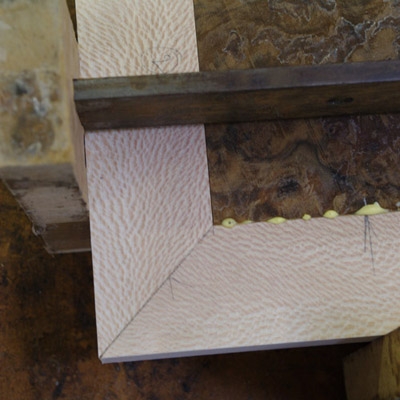
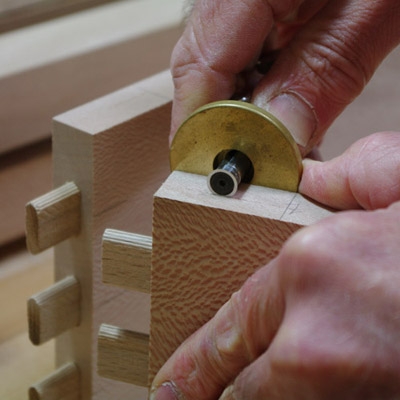
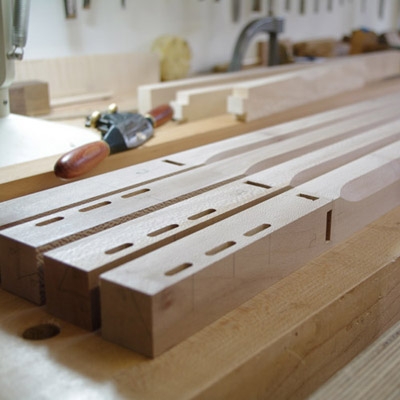
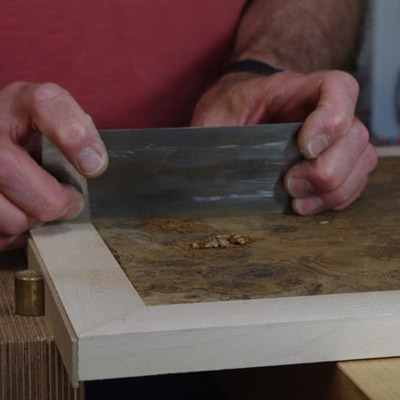
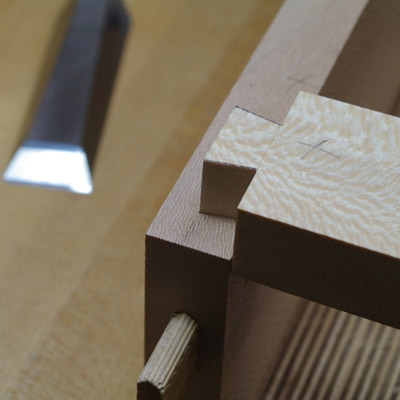
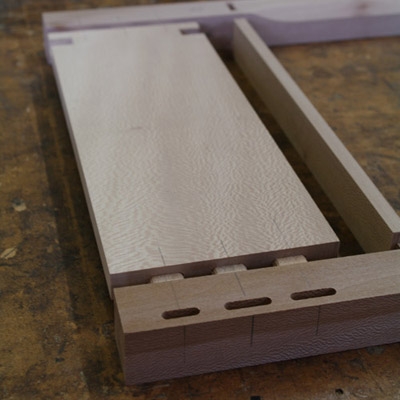
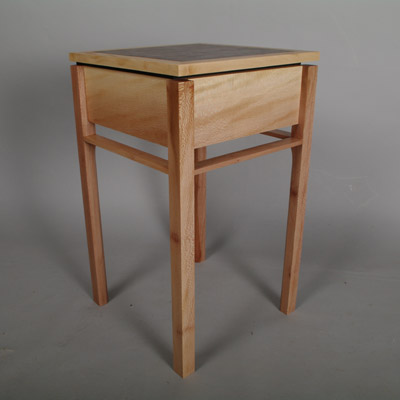
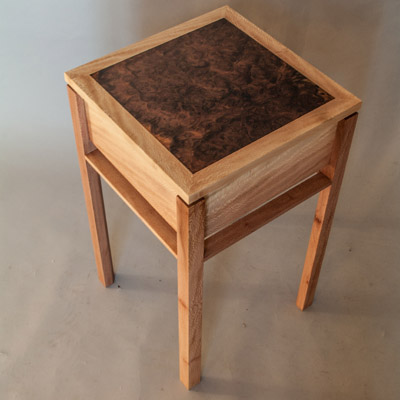
Read what our recent students say about this course
“The course was very interesting and informative. Lots of useful information and advice on how to achieve a high standard of perfection and finish on our project. A very fine workshop with top of the range tools and equipment . John shared his knowledge with all of us and encouraged everyone . As a carpenter/joiner who wanted to learn more about fine cabinet making this course ticked all the boxes for me.”
“The course was excellent, first rate hands on teaching, well organised with a great project to make (table) which led to much learning about joints. Cake for tea time also much appreciated. “
“Fantastic course for already-able wood workers, to make a lovely table, learn some new skills and enjoy fantastic lemon drizzle cake. Really felt I learnt lots.”
“It was a very enjoyable and satisfying week. There was some useful reminders of things I had forgotten as well as some new techniques and skills. John is a talented teacher and always on hand to provide advice.”
“I liked the venue, the atmosphere, the teacher and the tools.”
“Clear instructions, delivered at a realistic pace, time to practice techniques, and all with good humour.”
“Good instruction, and well planned. We always get an example of the way it should be done. Although preparation is important we don’t spend too much time preparing the wood, more time learning techniques.”
“A very well-designed and well-organised course introducing a useful and interesting range of joints – both hand and machine made.”
“The joints week course entailed the making of a small table in accordance with an existing design and model. The course was well structured with the process broken down into logical and manageable steps. The tuition was clear and various tasks were expertly demonstrated.”
“Clear planned course with many useful tips along the way. Good mix of traditional and modern approaches to joints. Good selection of quality tools to use. Helpful guidance on tool selection e.g. of biscuit jointer.”
© 2024 · John Lloyd Furniture & John Lloyd Furniture School
